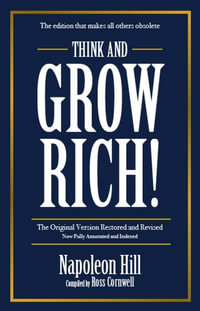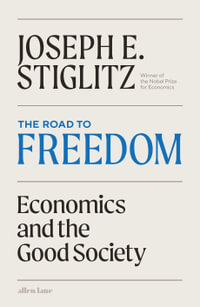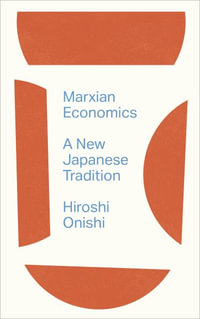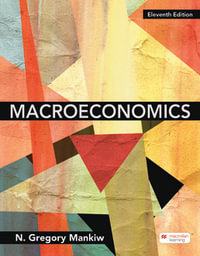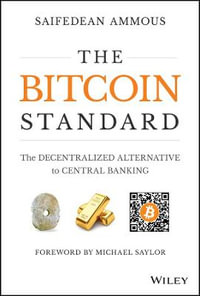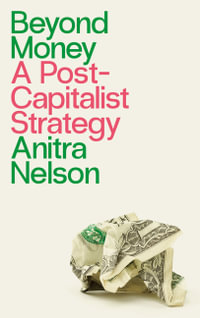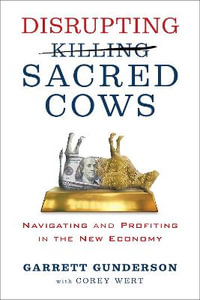
Stock-Flow-Consistent Models and Institutional Variety
By: Amelia Correa, Romar Correa
Paperback | 2 August 2017
At a Glance
Paperback
$94.82
Aims to ship in 7 to 10 business days
ISBN: 9781622731824
ISBN-10: 1622731824
Series: Vernon Series in Economic Methodology
Published: 2nd August 2017
Format: Paperback
Language: English
Number of Pages: 126
Audience: Professional and Scholarly
Publisher: Vernon Art and Science
Country of Publication: US
Dimensions (cm): 22.86 x 15.24 x 0.69
Weight (kg): 0.18
Shipping
| Standard Shipping | Express Shipping | |
|---|---|---|
| Metro postcodes: | $9.99 | $14.95 |
| Regional postcodes: | $9.99 | $14.95 |
| Rural postcodes: | $9.99 | $14.95 |
How to return your order
At Booktopia, we offer hassle-free returns in accordance with our returns policy. If you wish to return an item, please get in touch with Booktopia Customer Care.
Additional postage charges may be applicable.
Defective items
If there is a problem with any of the items received for your order then the Booktopia Customer Care team is ready to assist you.
For more info please visit our Help Centre.



